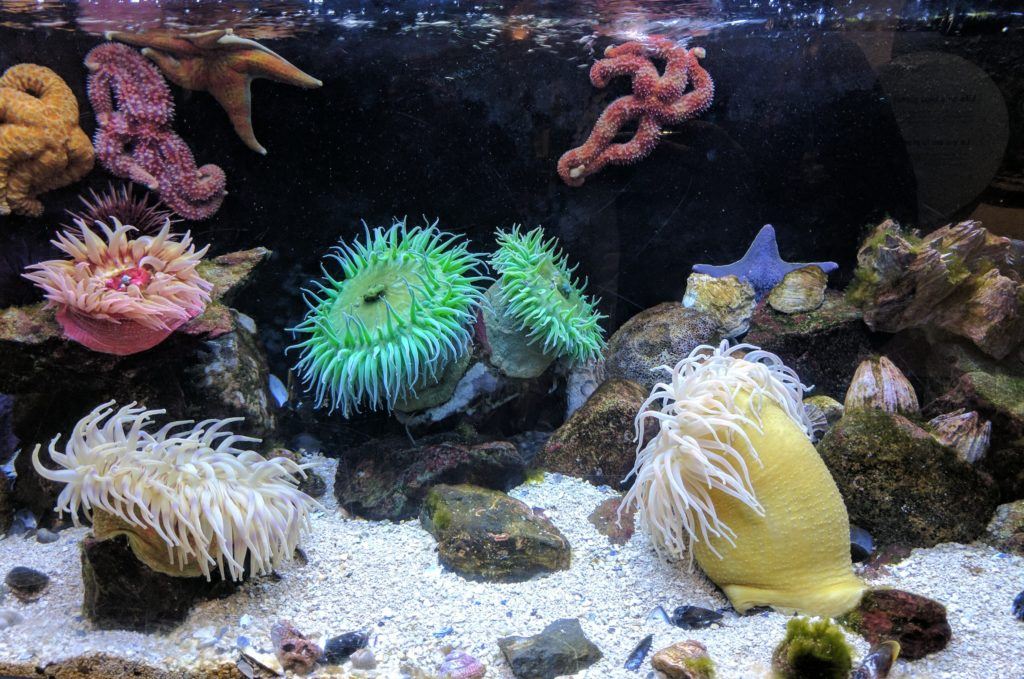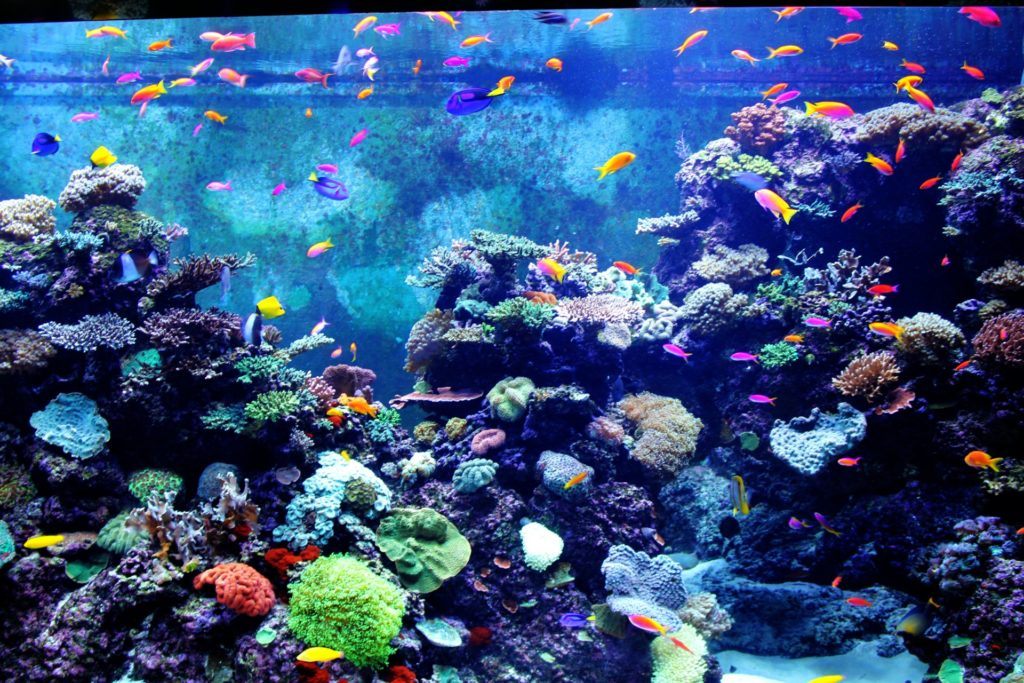Taking care of fish is a big responsibility, whether you’re keeping a full aquarium or a single goldfish in a bowl.
Each species and individual tank set-up requires plenty of research and carefully maintained equipment. One of the most important details to keep track of is the temperature of your aquarium’s environment.
After all, if fish are kept in an environment that is too cold or too warm, they can become sick or even die.
Here, you can find a short primer on the ideal fish tank temperature, as well as some pointers on how to effectively keep your tank at that perfect setting.
Contents
Is There an Overall Ideal Fish Tank Temperature?
At the end of the day, your tank temperature should depend on the type of fish that you’re housing.
There are, however, two general types of fish that will have different temperature needs.
Tropical Fish
Generally speaking, tropical fish are naturally suited to warmer temperatures and come from more temperate climates.
Fish in this group typically include bettas, catfish, discus, cichlids, and tetras. For the most part, the ideal tropical fish temperature is between 79-81F (or 26-27C).
However, different tropical fish may prefer different temperatures; for example, the Pearl Danio thrives in temperatures between 64-74F (18-24C), despite being technically a tropical fish.
Since a tropical fish tank temperature is warmer than most homes, you will likely need to get a heater for your aquarium.
Coldwater Fish
Coldwater fish are often kept in both aquariums and ponds, as many coldwater fish are very large and take up too much space for a home aquarium.
However, there are some coldwater fish that do very well in aquariums, and generally prefer unheated indoor tanks, usually thriving in temperatures between 64-69F (18-20C).
Some of the most common coldwater fish include guppies, goldfish, and Zebra Danios.
What Is the Best Way to Determine the Specific Temperature for My Tank?
While of course, you shouldn’t keep coldwater and tropical fish in the same tank, some species in the same general category don’t have ideal tank temperatures that overlap, and should not be kept together anyway.
If you’re planning on getting multiple species of fish in the same tank, there are a number of things you should pay attention to. For example, you will want to avoid keeping small fish with larger carnivorous fish, or keeping aggressive types of fish together.
You may also not want to keep fish of different sexes together to prevent unintentional breeding. Ideally, two fish breeds in the same tank should have multiple degrees of overlap when it comes to ideal temperature.
If two breeds have only one or two degrees of overlap, there’s more of a chance for one or the other to get sick if the temperature fluctuates.
How Can I Make Sure My Tank Stays at the Right Fish Temperature?
Keeping your tank at the proper temperature takes some finesse, but it’s not that hard once you get the hang of it.
What Not to Do
First of all, make sure your tank is not located next to a door or window, and is not exposed to direct sunlight.
If the area you live in receives lots of sunlight or is exceptionally warm, this can lead to strong temperature changes daily.
Second, make sure the lighting in your aquarium does not produce excess heat. Most aquarium lights don’t heat the water, but it’s always a good idea to check!
Lastly, be careful when you change your aquarium water. It’s a good idea to change the water a little at a time, or warm up the water before you add it.
A microwave is fine in this situation, but be sure to test the water before exposing it to your fish.
What to Do
Even if you’re not heating the water before adding it to the tank, it’s wise to double check on the constant hot or cold levels existing within.
Always keep a thermometer in your tank, so you can be sure you’re at the right temperature and monitor for any suspicious changes.
A digital stick-on thermometer is best so you can see the temperature every time you look at your aquarium.
While almost everyone who gets an aquarium also buys a heater, if your home gets exceptionally warm for long periods of time, you may also want to invest in a chiller. Chillers are generally more expensive, but it can be a great investment.
Make sure your heater or chiller is correct for your aquarium size; the smaller the tank, the more watts are needed per gallon, so you will have to adjust accordingly.
Here’s a video showing more details on how to maintain your fish tank temperature.
Conclusion
When keeping fish, it’s important to pay attention to all their needs, and that includes the water temperature of the aquarium.
By making sure your aquarium is at the proper level, your fish can live a long, healthy life indoors!




